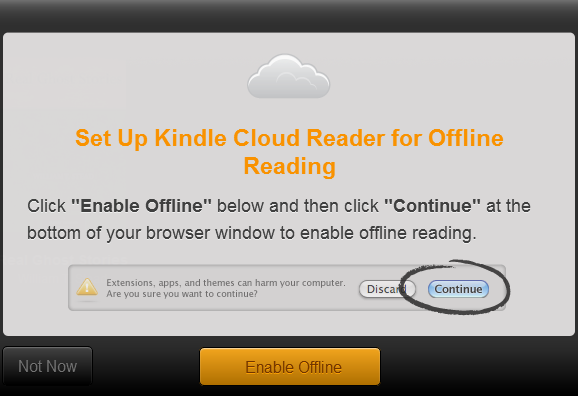


The CloudReader is downloaded each time the user creates a new instance of the CloudReader. Another distinction is while RCS loads the user’s books into a private filesystem managed by Chrome on the user’s computer, the CloudReader loads its books from a “bookshelf” located somewhere on the web. The CloudReader, on the other hand, runs in almost all browsers. The key difference is that RCE is tightly wedded to Google Chrome and therefor works only where Chrome is available. The CloudReader is very similar to the Chrome Application – and they share almost all their code. It imports the user’s books into a private file-system on the user’s computer.

It only works with Google Chrome since it leverages the built-in capabilities provided by the Chrome framework. It is under constant development to provide more features and capabilities. Unlike the Readium SDK Launchers, RCA is a relatively polished, full-featured application. It supports virtually all of the EPUB 3.0.1 specification. It is a full-fledged, functional EPUB reading system. This sub-project consists of an Application to Google Chrome. The diagram below illustrates the major aspects of their architectures. The Chrome Application and the CloudReader share approximately 95% of their code, the primary difference is where their EPUB “library” is located and how they fetch EPUB resources.


 0 kommentar(er)
0 kommentar(er)
